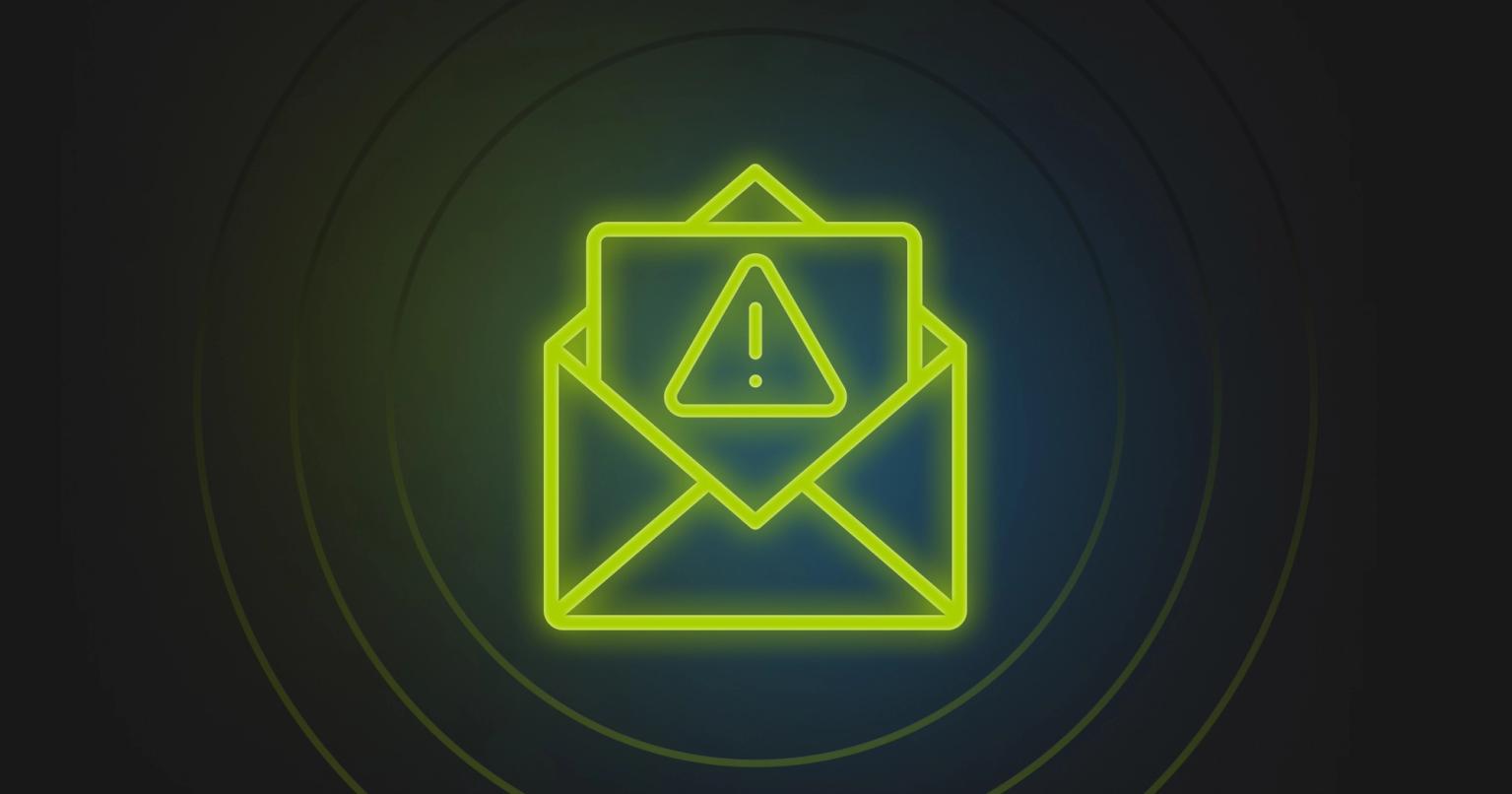Why Are Email Templates So 2000s? An Interview With a Former Template Champion

If you hold onto clothing long enough, it will eventually come back into style. That's not the case with technology.
Traditional email templates did the trick back in the day: they helped marketers build campaign assets quickly and easily. They helped keep everything on-brand and ensured marketers weren't creating rogue assets.
But are they STILL the best option?
Pierce, Knak's co-founder and former builder of 1000s of templates, got candid and shared his insights into the current state of email templates, his past experience working with templates and agencies, the pitfalls associated with them, and why he thinks modules NEED to be the next evolution.
1. Off the top of your head, why are email templates something that should be left in the past?
Number 1: They’re really expensive.
Agencies and freelancers are going to be charging you thousands of dollars (we’ve heard some folks paying up to $50k for a template!) to create your email templates. And then, somewhere down the line, your brand is going to change, and you’ll have to do them all over again.
Number 2: They’re slow to build and manage.
Getting a template built isn’t a simple one-way request, it requires copious amounts of back-and-forth with your designer or agency to perfect the look and feel. This process usually takes weeks, if not months, to complete. And then, once it’s in the hands of your field marketers, they are still probably going to want to change a few things.
Number 3: They’re not scalable.
Email code is changing all the time, and this means that manual changes to your templates are going to be needed on a regular basis, or you risk having them break and not render properly in people’s inboxes.
Number 4: They’re extremely rigid.
Imagine you have a three-speaker section and you need a fourth or fifth? Or you have a section for one partner logo and you need more. Or you want to reorder the way elements or buttons come into play. Traditional email templates are very rigid, which makes it difficult to do these types of layout adjustments.
Number 5: They really limit marketers’ creativity.
I don’t know about you, but I got into marketing to be creative. Marketers are really able to engage their audience when they can be fully creative, and templates just don’t lend themselves to that. You end up being more of a data-entry clerk than anything else.
2. How do templates limit creativity?
Creativity is synonymous with trying new things or taking risks - but templates are just making it easy to do the same thing over and over again.
That’s great for when you’re updating legal documents… but for marketing?! Come on. Cookie cutter is just not going to cut it.
The reality of templates is that you’re really boxed into a few different layouts and designs that you can use, and a marketer is not enabled to build the asset that they really want or think could be the most engaging for their audience.
3. Lots of marketers rely on agencies to build their templates. What have you been seeing in terms of cost, and how does that compare to an email campaign creation platform like Knak?
Email templates were the way everyone operated 10-15 years ago, and lots of companies are still doing it this way.
When you’re paying for an agency to hand-code one of these templates, it’s hundreds of lines of code and tons of hours of work. Pricing for these enterprise-level assets are typically in the multi-thousands, though I heard from one of our customers that they were once charged $50K for a single template. (Ouch!)
The reality is, you could invest that same money, those same dollars, into a no-code creation platform, where your internal team can design the building blocks for emails (modules, or micro-templates), and empower your marketers to be able to make their own changes and see their email come to life in real-time. With additional features including on-asset collaboration, brand controls, approvals, and integrations into other parts of your MarTech stack, bringing the full ownership of the campaign creation process into the hands of your marketers is massive for streamlining processes.
And, with a no-code platform like Knak, you also get the peace of mind knowing that no matter if an email client changes their code framework, you will always have the most up-to-date backend code ensuring that your emails render flawlessly everywhere, every time. (I go deeper into this in Question 5)
4. In the same vein, how would you compare the experience of working with an agency for templates vs building them with an in-house creation platform?
When you have an agency template, if you want to make a change, you really have two options:
- You can go into the code yourself and try to make a hard-coded change in the backend, or (more often than not)
- You have to go back to the agency and ask them to make that change for you. That’s going to take them a while… a few days, at least. And they’ll likely charge you for additional hours.
I used to run an agency. We built hundreds of templates for marketers, and I can tell you there’s a ton of back-and-forth that had to happen… On average, it would take us about a month, from start to finish, to go through all the contracting, designing, coding, and then we would have to go back-and-forth with the client to make all the changes they requested. It was very tedious work, and honestly a massive headache.
When you’re working with an in-house, no-code creation platform, your end users can build autonomously and make changes on their own, regardless of their coding knowledge. With a platform like Knak, your brand managers are able to lock things down as well, so everyone can rest assured that nothing that is off-brand can be brought into an email.
5. Why is it hard to scale with templates? What is the barrier to scalability here?
The answer to this is really three-fold.
First, it’s a team ratio issue. With a lack of technical resources in most marketing teams, much of the work of building email and landing page templates falls to the owner of the MAP: which means it falls to MOPs. And MOPs are already in short supply: there is never a 1:1 (even a 2:1) ratio between MOPs to marketers. As your organization scales, so does the need for new campaigns, thus increasing the number of template requests that will be put onto MOPs’ plate.
Second, email template tasks take away MOPs’ strategic focus. While emails themselves hold tremendous value, the time-consuming and tedious task of building and managing templates isn’t the most important thing your highly-technical MOPs folks should be focusing on… Your MOPs team needs to be able to focus on more strategic work, especially as you scale.
Third, you’re not the only one updating and growing. Email clients are constantly being updated, meaning that how they render HTML also gets altered regularly. And that means that every time they do, you have to go back into the backend of your HTML templates and update their code along with it, otherwise you risk having your emails render improperly for your recipients. And with countless email clients on the market, your team needs to be manually updating template code on a regular basis.
To put things into perspective, we updated Knak’s code framework about 200 times in the last year… If we were an ESP or email domain client, your team would need to test your templates that many times as well.
6. You speak to a lot of customers, you’ve been in the space for a while now, what would you say is the #1 frustration of the users of templates?
Honestly, the biggest frustration is how reliant us non-coding marketers have to be on our technical resources to get our emails out the door, which ultimately creates a massive bottleneck in our GTM.
As marketers, we have these big, creative ideas on how we want our emails to look, and we’re just locked in on these rigid templates. Even when we just want to change something seemingly tiny, it takes ages to get it done because of all the hoops that have to be jumped through.
How often are our colleagues, marketing reps, field marketers, campaign managers, just good-enough’ing their emails because they don’t want to wait on the design cycle time? How many are just accepting that this email element that they had in mind won’t be possible to include?
7. What was the moment that you knew we had moved beyond templates?
Look, my colleagues and I have probably built more Marketo templates than anyone in the world. I genuinely don’t think anyone has built more templates than us. Our customers have also worked with thousands of templates themselves… Around 50,000 actually.
And no matter what template we built, every single customer wanted to change something. I can’t tell you how many times we heard, “Hey, I just downloaded the latest template, but we really want to add in x,” or, “we really want to change y.”
With templates, there are only 2 responses that can be given: “Well, you have to go into the code to make that change,” or, “No worries, we’ll put it back onto our designer’s plate and we should be able to make that edit for you in a few days,” before charging you the extra few hours of coding work it takes their designer to complete.
That just didn’t seem efficient. It’s not quick, it’s not cheap, it’s not modern.
I realized we would never be able to build the “perfect” template. Marketers need the freedom and flexibility to create their own campaign assets, and they need to do so efficiently while also staying on brand. Traditional templates were not the best solution to this problem. So, Knak introduced the idea of a no-code builder, with modular “micro-templates”, that could be managed at scale, easily edited by end users, and worked with all MAPs.
No-code means any marketer can now build gorgeous emails customized down to the pixel, and having modular building blocks (built and managed by your own team) that you can pick and choose from makes the task of staying on-brand, keeping assets up to design standards, and getting new assets out the door quickly, incredibly simple and efficient.
8. What’s the next evolution if templates are now outdated?
The next evolution is modules, using modules as “micro-templates” and building blocks for your emails.
You can have hundreds of modules that have been pre-approved by your branding team and pre-tested by MOPs, so your marketers can build exactly what they need never single time. And they can do so without sacrificing an element in order to retrofit their email into a rigid, outdated template.
9. It’s generally understood that templates are useful because they allow marketers to move quickly - why are modules the better option for this?
There’s no question that having a few templates for your marketers to use can be a quick way to get your emails out the door. But on the flip side, it’s also a quick way to have all of your emails look boring, to limit audience engagement, and to leave your marketers uninspired to do their best work.
So yes, while building with a template can be fast, the reality is that there are tons of limitations with HTML templates.
The alternative is to templatize sections (modules), that can be easily edited without code, which can be used like building blocks to create fully custom emails to fit the unique needs of each campaign asset.
Moving beyond traditional templates into a no-code creation platform empowers your marketers to be creative and to build those campaigns that will really move the needle, without all the headaches and pitfalls outlined previously.

Co-Author
Co-founder & CEO, Knak
Pierce is a career marketer who has lived in the marketing trenches at companies like IBM, SAP, NVIDIA, and Marketo. He launched Knak in 2015 as a platform designed to help Marketers simplify email creation. He is also the founder of Revenue Pulse, a marketing operations consultancy.













